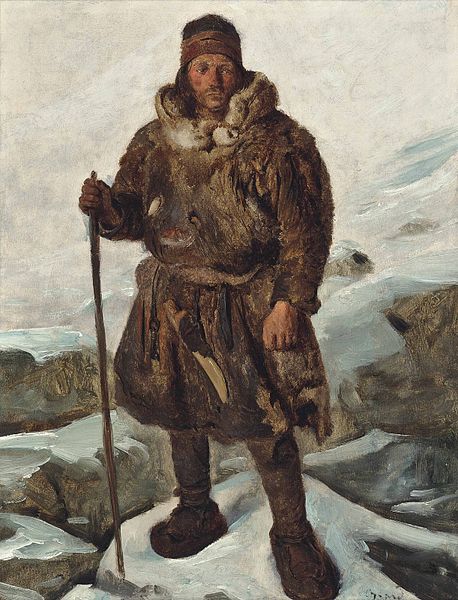The siida is a Sámi local community that has existed from time immemorial. A siida, or 'reindeer pastoralistic district,' is a Sámi reindeer foraging area, a group for reindeer herding and a corporation working for the economic benefit of its members. The reindeer-herding siida has formed as an adaptation of ancient siida principles to large-scale nomadic reindeer herding. It is termed a sameby in Swedish law, reinbeitedistrikt in Norwegian law, and paliskunta in Finnish law. The pastoralist organisation differs slightly between countries, except in Russia, where kolkhoz replaced these earlier organisations.
Reindeer-herding communities/Sámi settlements of 16th century Sápmi
The Sámi are the traditionally Sámi-speaking Indigenous peoples inhabiting the region of Sápmi, which today encompasses large northern parts of Norway, Sweden, Finland, and of the Kola Peninsula in Russia. The region of Sápmi was formerly known as Lapland, and the Sámi have historically been known in English as Lapps or Laplanders, but these terms are regarded as offensive by the Sámi, who prefer the area's name in their own languages, e.g. Northern Sámi Sápmi. Their traditional languages are the Sámi languages, which are classified as a branch of the Uralic language family.
Sámi outside lavvu, c. 1910
A Sámi depicted in art, painting by François-Auguste Biard
Aleksander Lauréus's painting of the Sámi by the fire
A Sámi family in Norway around 1900





